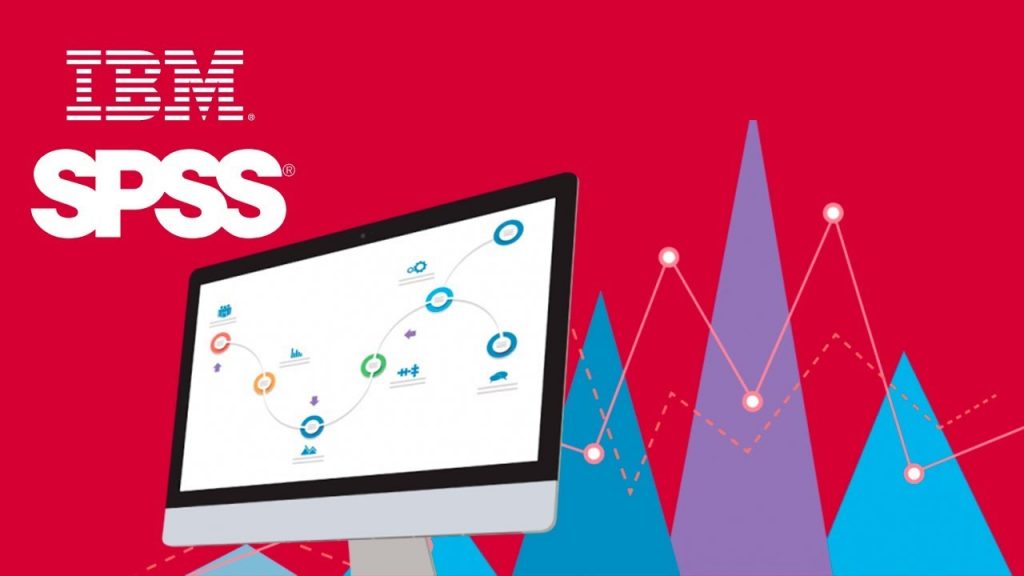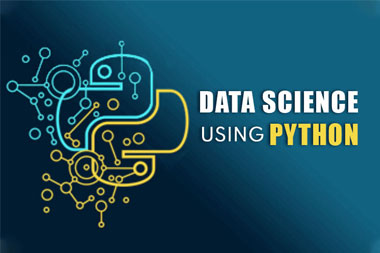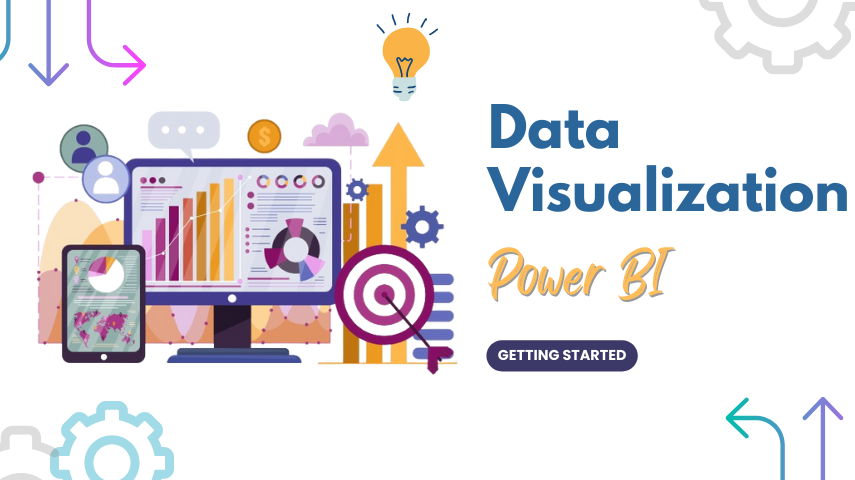Module 1: Introduction to Web Design and CMS
- Overview of Web Design
- Understanding web design concepts (layout, color theory, typography)
- The role of web design in user experience (UX) and user interface (UI)
- What is CMS?
- Introduction to Content Management Systems (CMS)
- Benefits of using CMS for web design and development
- Types of CMS: Open-source vs. proprietary CMS
- Overview of popular CMS platforms: WordPress, Joomla, Drupal, Wix, Squarespace
- Setting Up Your Web Design Environment
- Choosing a CMS platform based on project needs
- Installing and configuring a local server (XAMPP, WAMP, MAMP) for WordPress/Joomla/Drupal
- Introduction to cPanel for web hosting management
- Domain and hosting setup basics
Module 2: Getting Started with WordPress
- Introduction to WordPress
- Overview of WordPress (Self-hosted vs. WordPress.com)
- Setting up WordPress: Installation and configuration
- Navigating the WordPress Dashboard
- Choosing and Installing Themes
- Introduction to free vs. premium themes
- Installing and customizing themes
- Modifying theme options and layouts
- Using WordPress Plugins
- What are plugins and why are they important?
- Installing and configuring essential plugins (SEO, security, performance, contact forms)
- Popular plugins: Yoast SEO, Akismet, Contact Form 7, Elementor
- Creating and Managing Content
- Pages vs. Posts in WordPress
- Creating, editing, and organizing pages
- Using categories and tags for blog posts
- Adding media (images, videos, documents)
Module 3: Customizing WordPress Websites
- Understanding the WordPress Customizer
- Basic customization: Site identity, colors, typography
- Customizing header and footer areas
- Adding widgets and menus
- Building Pages with Page Builders (Elementor)
- Introduction to page builders (Elementor, WPBakery)
- Creating custom layouts with drag-and-drop editors
- Adding dynamic elements (sliders, carousels, testimonials)
- Responsive Web Design in WordPress
- Designing websites for mobile-first users
- Using responsive themes and testing across devices
- Customizing mobile views in WordPress
Module 4: Advanced WordPress Techniques
- Custom Post Types and Taxonomies
- Creating custom post types (e.g., portfolios, testimonials, events)
- Organizing content with custom taxonomies
- Theme Development Basics
- Understanding WordPress themes: template files and structure
- Basic introduction to PHP for WordPress theme development
- Creating child themes for customizations
- WooCommerce for E-Commerce Sites
- Introduction to WooCommerce: Setting up an online store
- Managing products, categories, and inventory
- Configuring payment gateways and shipping options
- Designing a product page and checkout process
Module 5: Introduction to Joomla and Drupal
- Joomla Overview
- Installing and setting up Joomla
- Navigating the Joomla admin panel
- Choosing and installing Joomla templates
- Installing extensions and modules (SEO, forms, galleries)
- Drupal Overview
- Introduction to Drupal: Structure and components (Nodes, Taxonomy, Content Types)
- Installing Drupal and choosing themes
- Managing content and creating content types
- Extending Drupal with modules
Module 6: Web Design Principles and User Experience
- UI/UX Design Fundamentals
- Understanding user-centered design principles
- Creating intuitive navigation and layout
- Color theory, typography, and design consistency
- Wireframing and Prototyping
- Tools for wireframing (Adobe XD, Figma, Sketch)
- Designing interactive prototypes
- User testing and feedback for design refinement
- Optimizing User Experience
- Accessibility (WCAG) and designing for inclusivity
- Optimizing websites for fast loading times
- Best practices for website navigation and content structure
Module 7: SEO, Analytics, and Site Optimization
- Introduction to SEO (Search Engine Optimization)
- Importance of SEO in web design
- On-page SEO: Meta tags, keyword optimization, and image alt text
- Off-page SEO: Backlinks, social media integration
- Using SEO plugins (Yoast SEO for WordPress)
- Integrating Analytics Tools
- Setting up Google Analytics for tracking visitors
- Interpreting website traffic and performance data
- Using Google Search Console for SEO insights
- Website Optimization Techniques
- Image optimization and compression
- Caching and minification for faster load times
- Mobile optimization strategies
Module 8: Website Maintenance and Security
- Regular Website Maintenance
- Updating WordPress, plugins, and themes
- Backups and restoring websites
- Troubleshooting common website issues
- Website Security Best Practices
- Securing WordPress with SSL, two-factor authentication, and strong passwords
- Using security plugins (Wordfence, Sucuri)
- Managing user roles and permissions
- Monitoring Website Performance
- Using tools like GTMetrix, Pingdom for performance checks
- Website uptime monitoring and error logs



